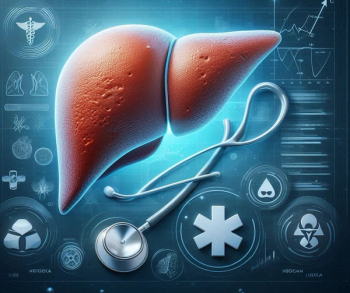
Achieving a Sustained Rate Reduction in Catheter-Related Bloodstream Infections
What is the key to success that helped a Spanish hospital achieve an 80% reduction in global incidence of catheter-related bloodstream infections and sustain it over an 8-year period?
A hospital in Spain deployed infection prevention interventions to cut down on the incidence of catheter-related bloodstream infections (CRBSI) and was able to achieve and sustain an 80% reduction in the global rate for an 8-year period.
CRBSIs, a common adverse event, carry a 12% to 25% mortality rate, yet are preventable in nearly 50% of cases. Investigators with the Germans Trias i Pujol University Hospital in Badalona, Spain, sought to evaluate the long-term effects of a 2-period interventional multidisciplinary program to reach a sustained decrease in CRBSIs.
Their findings were presented at the European Congress of Clinical Microbiology and Infectious Diseases (
The prospective, quasi-experimental, before-and-after study was conducted from 2009 to 2018 in the hospital’s wards, with CRBSI incidence rate calculated as episodes per 1000 patient-days and per 1000 parenteral-nutrition-days under the VINCat surveillance program.
Investigators monitored the episode rate during a pre-intervention period, and then during 2 intervention phases. The first intervention phase (2010-IP1) involved nurse-focused education on a prevention bundle, including catheter insertion and maintenance; a change from self-evaluation of protocols to external evaluation; feedback sessions; and the addition of an infection control nurse leader in each ward.
The second intervention phase (2011-2018-IP2) involved the addition of trained physician leaders working with the infection control team, use of a central venous catheter (CVC) insertion checklist, bacteremia root-cause analysis, and education of holidays’ substitutes.
During the pre-intervention period, the global incidence rate of CRBSIs was 0.74 (122 episodes); CVC 0.64; peripheral venous catheter (PVC) 0.09; and parenteral nutrition CVC (PTN-CVC) 4.6.
During IP1, the global incidence, CVCs, PVC, and PTN-CVC rates were 0.42 (75 episodes), 0.35, 0.05, and 2.60, respectively. This marked a 43.3% decrease in the global CRBSI incidence rate from the pre-intervention period.
During 2018-IP2, the global incidence, CVCs, and PTN-CVC rates were 0.14, 0.10, and 1, respectively.
Investigators concluded that “for nearly 9 years the global incidence rate of CRBSI has decreased 80% regarding the baseline, the IP1 control measures carried out by infection control nurses resulted in the highest CRBSI incidence decrease, [and] the continuous multimodal intervention (IP1+IP2) including infection control nurses and physicians’ leadership made possible a sustained and prolonged reduction of CRBSI.”
The study, “
Newsletter
Stay ahead of emerging infectious disease threats with expert insights and breaking research. Subscribe now to get updates delivered straight to your inbox.
















































































































































































































































































